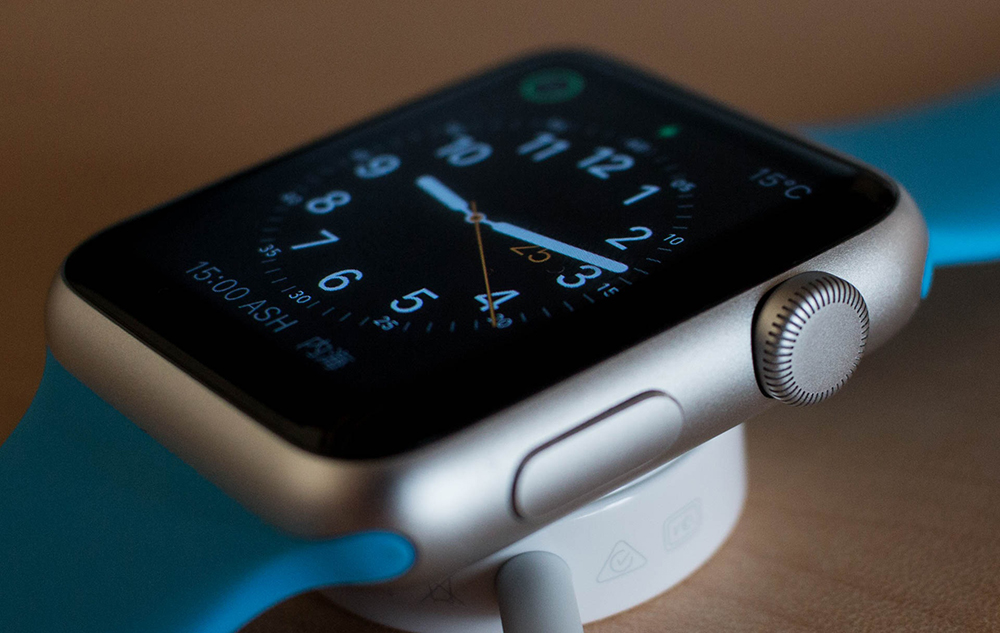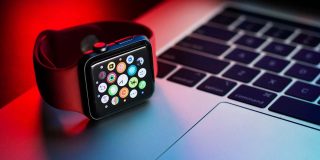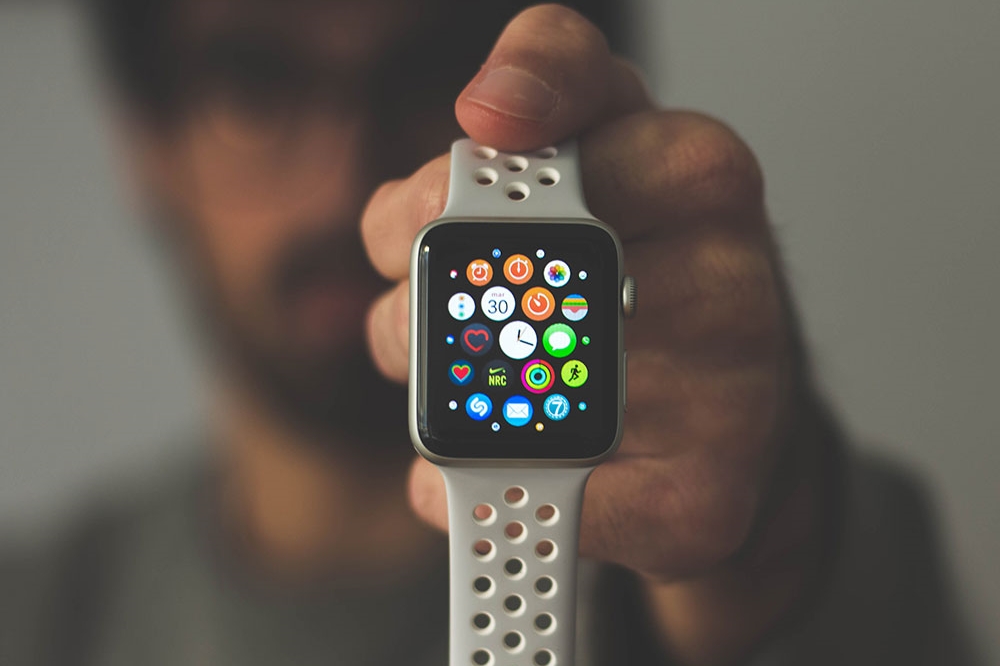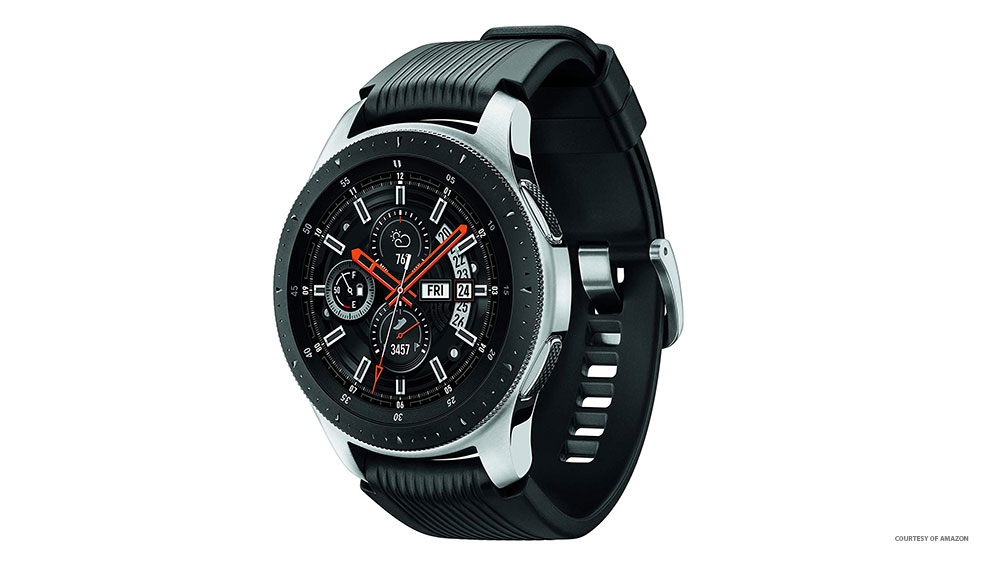Can the Apple Watch Measure Blood Oxygen?
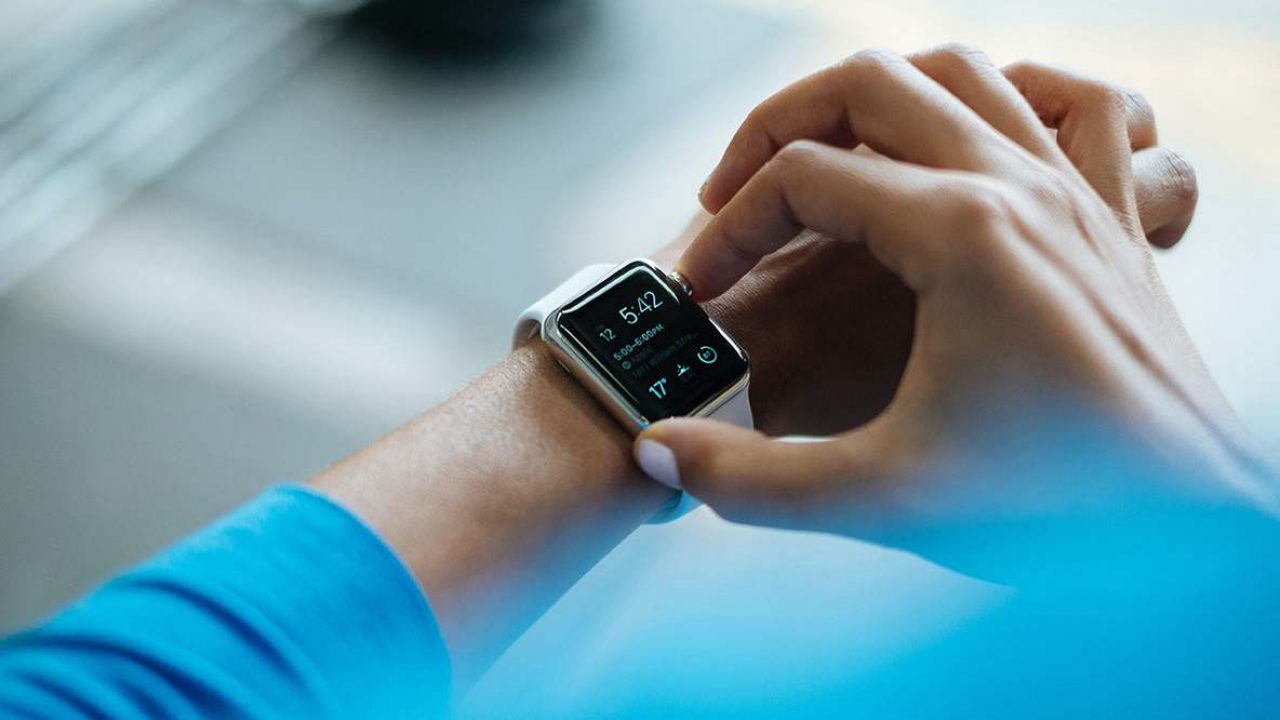
There’s been a lot of hype about a pulse oximeter (the blood oxygen measurement) feature being available on the Apple Watch. And indeed, the tech giant has been developing the watch’s Health app, but the oximeter isn’t available yet.
According to the rumors, this function should roll out with the watchOS7 and provide exceptionally accurate readings of blood oxygen levels. Until that time, it pays to take a closer look at the evolution of Apple Watch’s health features and learn more about the oximeter itself.
A Little Bit of History
Way back when the first Apple Watch debuted, there were also rumors that it could measure blood oxygen. To be exact, tech-savvy fans speculated that the Series 1 could measure oxygen levels via the pre-installed heart rate monitor.
However, this was only speculation. Currently, none of the updates or new hardware releases offer the given feature. Speaking of hardware, it’s still not clear if new piece of gear, as in sensor, is required to support blood oxygen measurements.
Though, it’s safe to assume that more sophisticated gear or software is necessary to facilitate detection and timely alerts. Not that this would be the first time Apple upgraded the watch’s capacity to track your vitals.
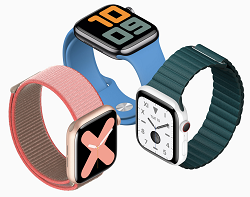
For example, the release of Series 4 included an electrocardiogram to expand the capabilities of the heart rate monitor. The upshot of which raises an interesting point.
Going back to Apple Watch Series 1, a third-party teardown showed that the wearable had the hardware that can support a pulse oximeter.
On the other hand, the electrocardiogram in Series 4 and Series 5 gained some notoriety due to a bug. Namely, the feature didn’t provide conclusive measurements between 100-120 BPM.
Be that as it may, Apple appears to go the extra mile to bring superior vitals monitoring to their new release.
Apple vs. Everybody Else
In distinctly Apple fashion, the tech giant is late to release new features. But there is a twist.
Fitbit was first to include a pulse oximeter on the Charge 3 and Versa line of activity trackers. But you can only get the data in the sleep-tracking menu of the app. And the real limitation is that the app offers a general chart with metrics, not hour-by-hour data.
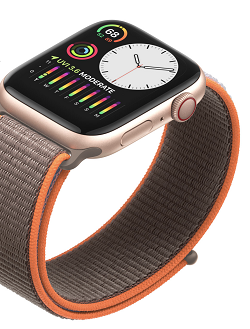
As it seems, Apple is doing its best to offer more accurate readings and actionable data. That said, you should know that Fitbit didn’t intend to provide users with medically relevant blood oxygen readings.
However, a lot of Apple Watch marketing revolves around the fact that the wearable offers data that can be of value to doctors. What’s more, the aforementioned electrocardiogram got medical use approval from the FDA.
Due to this, you may expect that the blood oxygen function receives similar certification and usability.
Apple Watch Blood Oxygen Measurement – What to Expect?
For starters, let’s take a small detour and explain the blood oxygen saturation.
Naturally, this vital sign fluctuates during the day and significant deviations may indicate an underlying condition. For healthy individuals, oxygen saturation is between 95-100%. This is viewed as normal.
Should the saturation drop below 95%, it might be linked with a serious cardiac or respiratory condition. But how will Apple Watch notify you about this?
Similar to heart rate alerts, you should get a notification the moment saturation levels plummet below a pre-set threshold. To allow this, Apple has obtained a few patents for technology to monitor blood oxygen.
In fact, the Series 1 prototype biometrics included a pulse oximeter function. Nevertheless, the feature didn’t end up in the final product due to consistency problems.
Fast forward to today, and Apple is likely to have figured out the quirks that thwarted accurate monitoring. But it remains to be seen how it will perform on a day-to-day basis.
More Goodies on the New Apple Watch
Aside from the pulse oximeter, Apple has been working on the much-awaited Sleep app.
Certain references to this function could be found in iOS 13 beta. Then again, it wasn’t included in the official release of the new software. The great thing is that sleep monitoring won’t require any hardware updates. But what are the features you should look forward to?
First, users will be able to wear the watch while asleep. And if you have more Apple Watches, you can designate one for sleep-use.
During sleep, the watch will keep tabs on your heart rate, ambient noises, and movement. To provide precise sleep quality measurements, the watch utilizes a host of inputs and sensors. And the data will be available in the future Sleep app and the Health app.
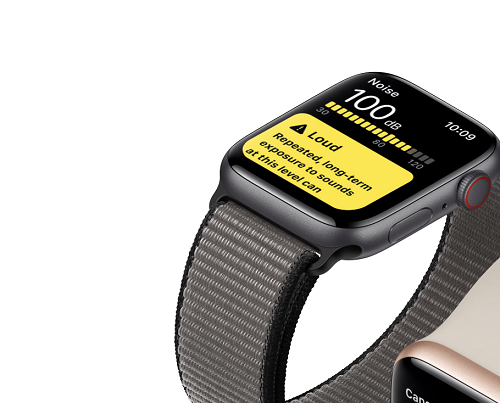
As most users prefer to charge their Apple Watch during sleep, the software update includes a reminder to switch watches. This isn’t ideal, but you can also recharge the watch beforehand.
The Air We Breathe
When all is said and done, the upcoming pulse oximeter will round off the Health app functions and turn Apple Watch in a veritable medical aid. And with mounting health concerns, it will surely become one of the major sales points for the new device.
How much do you use the Health app? Would you consider sleeping with the Apple Watch? Tell us more in the comments section below.








